Statues and Monuments
Norma and Normman
In the summer of 1945, the Cleveland Health Museum put a statue of "Norma" on display. Norma was said to be the "norm or average American woman of 18 to 20 years of age." Accompanying her was a statue of Normman, her equally average brother. The two statues had been sculpted by Abram Belskie, based on data gathered by Dr. Robert L. Dickinson.The statues were celebrated at the time but seem like oddities now because a) their idea of 'average' didn't include any minorities, and b) they seem to represent a mid-20th-century obsession with being average or normal.
As the saying goes, the real weirdos are those who think they're normal.
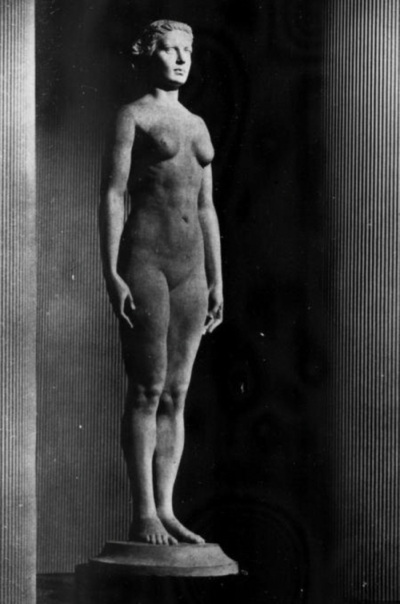
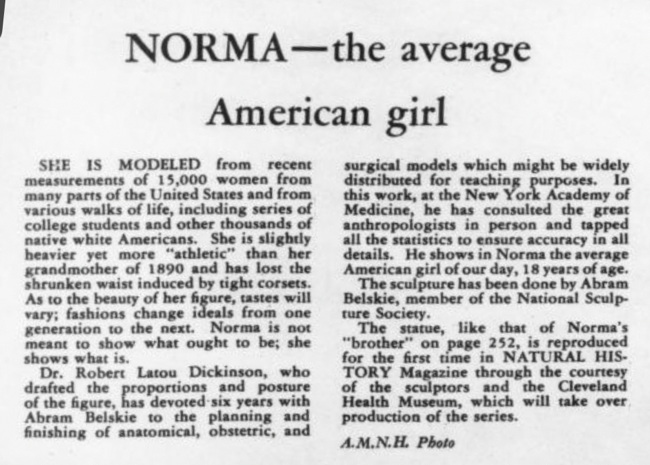
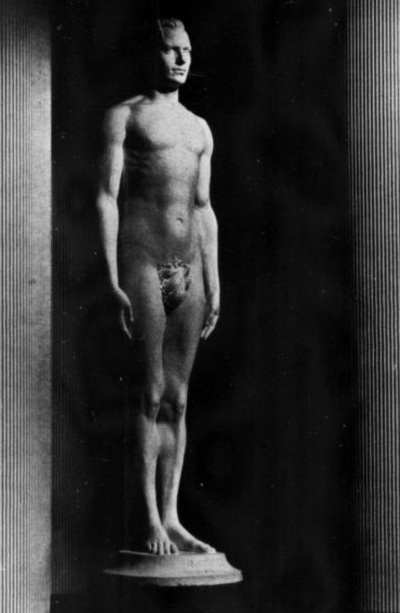
Natural History magazine - June 1945
More details from The End of Average: How We Succeed in a World that Values Sameness by Todd Rose:
In addition to displaying the sculpture, the Cleveland Health Museum began selling miniature reproductions of Norma, promoting her as the "Ideal Girl," launching a Norma craze. A notable physical anthropologist argued that Norma's physique was "a kind of perfection of bodily form," artists proclaimed her beauty an "excellent standard" and physical education instructors used her as a model for how young women should look, suggesting exercise based on a student's deviation from the ideal. A preacher even gave a sermon on her presumably normal religious beliefs. By the time the craze had peaked, Norma was featured in Time magazine, in newspaper cartoons, and on an episode of a CBS documentary series, This American Look, where her dimensions were read aloud so the audience could find out if they, too, had a normal body.
On Nov. 23, 1945, the Plain Dealer announced its winner, a slim brunette theatre cashier named Martha Skidmore. The newspaper reported that Skidmore liked to dance, swim and bowl — in other words, that her tastes were as pleasingly normal as her figure, which was held up as the paragon of the female form.
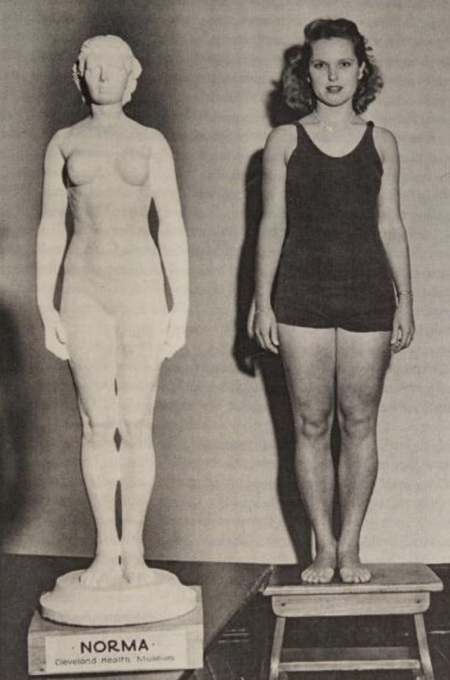
Martha Skidmore, "Norma" Contest Winner. Cleveland Plain Dealer - Sep 23, 1945
Posted By: Alex - Sun Mar 03, 2024 -
Comments (0)
Category: Awards, Prizes, Competitions and Contests, Statues and Monuments, 1940s
The Sculpture Garden of Veijo Rönkkönen
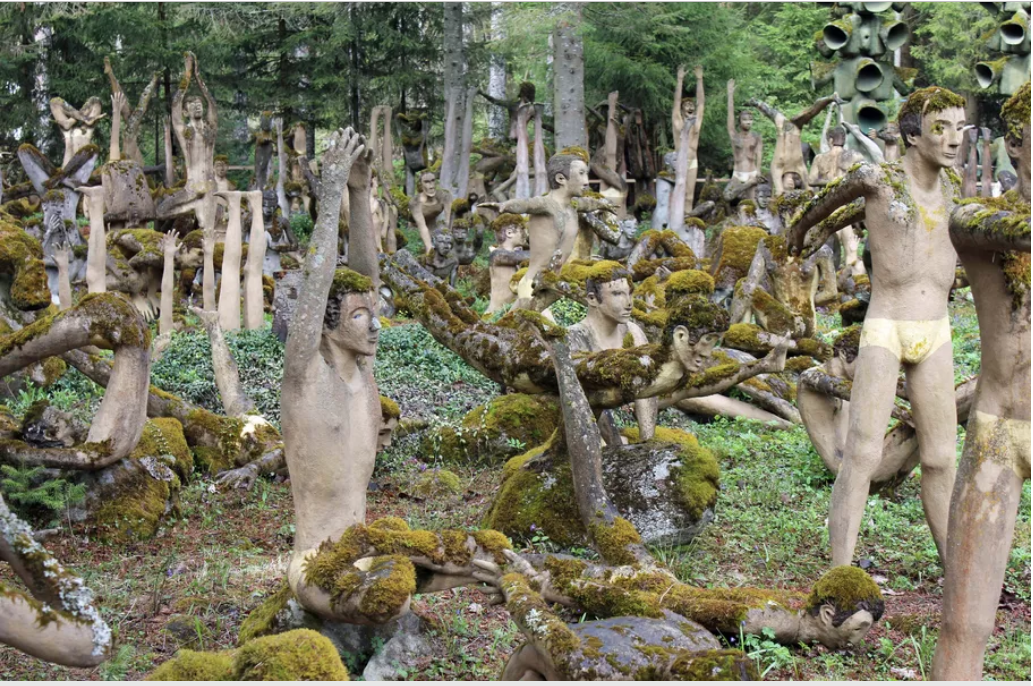
Full article here.
Lots of great photos here.
Veijo Rönkkönen was a recluse who spent his days between the paper mill where he worked for 41 years, and his farm, tucked away in a Finnish forest. By all accounts, he didn’t like to talk to people, and he never took an art lesson in his life. But by the time of his death in 2010, Rönkkönen had covered his land with around 550 sculptures. Nearly all of them depicted human figures: people of all ages and ethnicities, frozen in moments of play, athleticism, and even agony.
Posted By: Paul - Thu Nov 16, 2023 -
Comments (1)
Category: Outsider Art, Statues and Monuments, Europe
Robert Quillen’s Monument to Eve
Robert Quillen was once a well-known humorist, but is nigh-forgotten today. However, still standing is one of his pranks. A whimsical statue dedicated to "the first woman."Official South Carolina page on Quillen here.
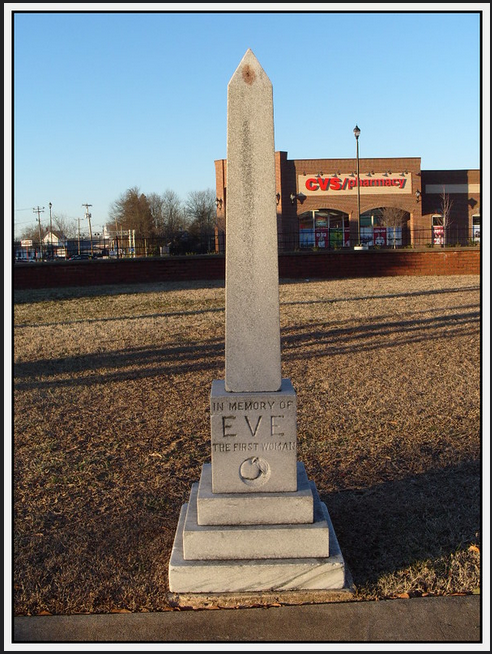
Posted By: Paul - Fri Oct 20, 2023 -
Comments (1)
Category: Humor, Newspapers, Regionalism, Religion, Statues and Monuments, Historical Figure
Artwork Khrushchev Probably Would Not Have Liked 52
I must confess to a slight divergence with this entry. All previous ones have featured artwork from within Khrushchev's lifetime, stuff he could have theoretically seen and reacted to. (He died in 1971.) But this one postdates the man.That is all.
Full info here.
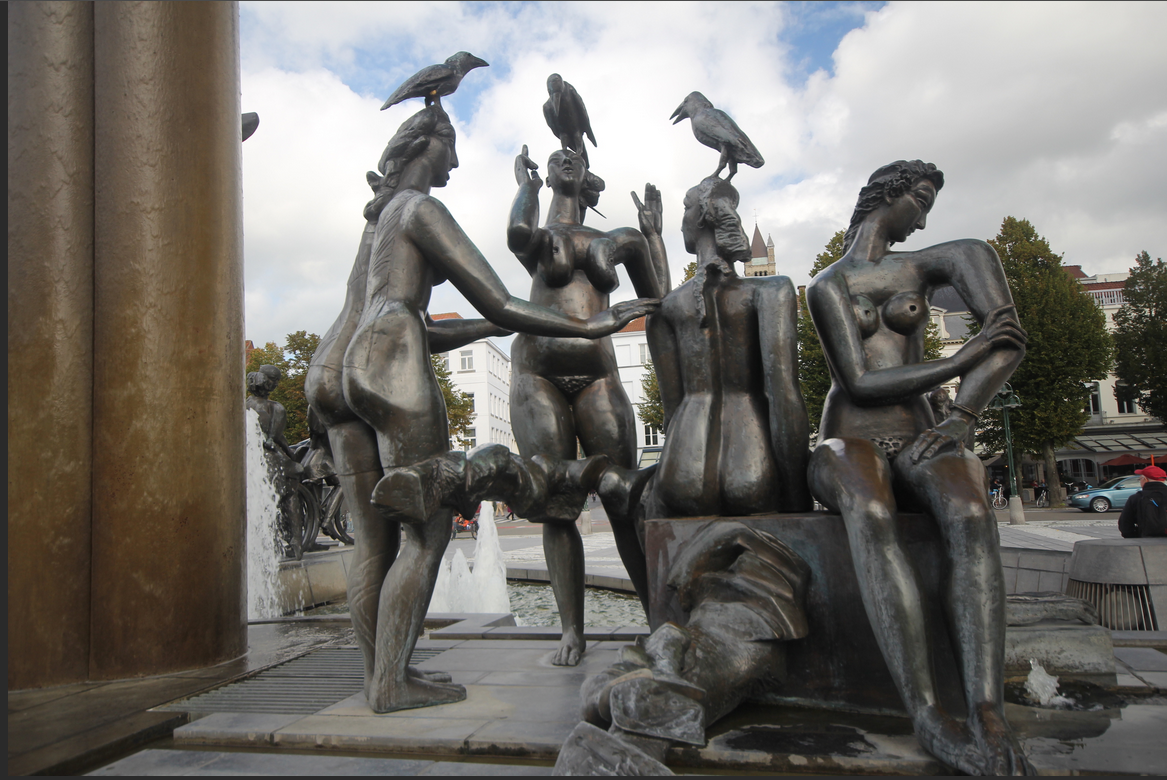
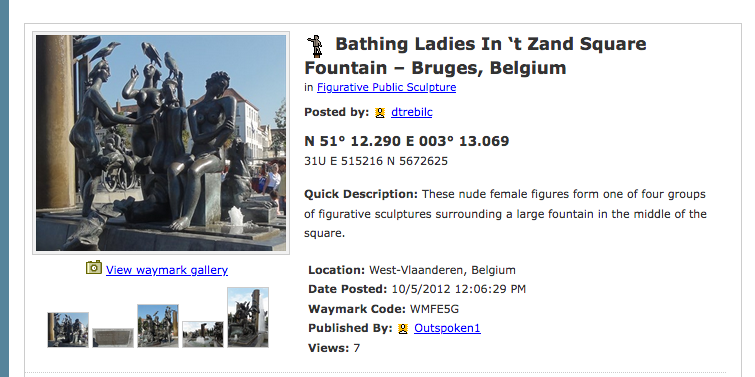
Posted By: Paul - Thu Aug 31, 2023 -
Comments (0)
Category: Animals, Statues and Monuments, Public Indecency, Europe
Artwork Khrushchev Probably Would Not Have Liked 51
His Wikipedia page.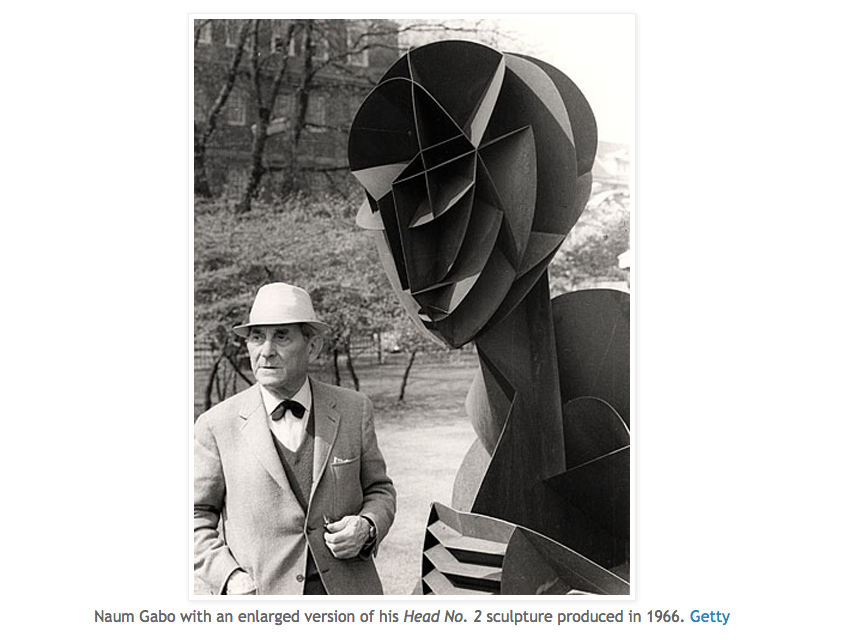
Posted By: Paul - Sun Jun 18, 2023 -
Comments (1)
Category: Art, Avant Garde, Statues and Monuments, Russia, Twentieth Century
Artwork Khrushchev Probably Would Not Have Liked 50
The artist's Wikipedia page.
Posted By: Paul - Mon Apr 24, 2023 -
Comments (1)
Category: Art, Avant Garde, Statues and Monuments, 1960s, Russia
Artwork Khrushchev Probably Would Not Have Liked 40
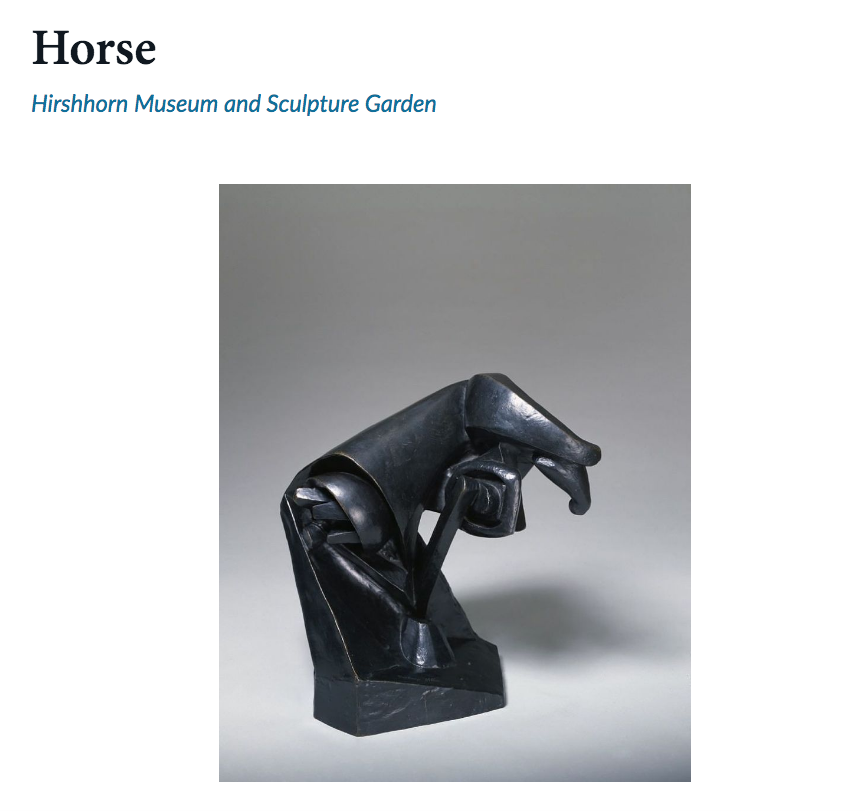
Raymond Duchamp-Villon.
His Wikipedia page.
Sculpture page.
Posted By: Paul - Wed Dec 08, 2021 -
Comments (2)
Category: Animals, Avant Garde, Statues and Monuments, Nineteenth Century, Twentieth Century
Statues at the Hexentanzplatz, Germany
The Wikipedia entry on the whole region.A small article on the sculptures.
Happy Halloween!
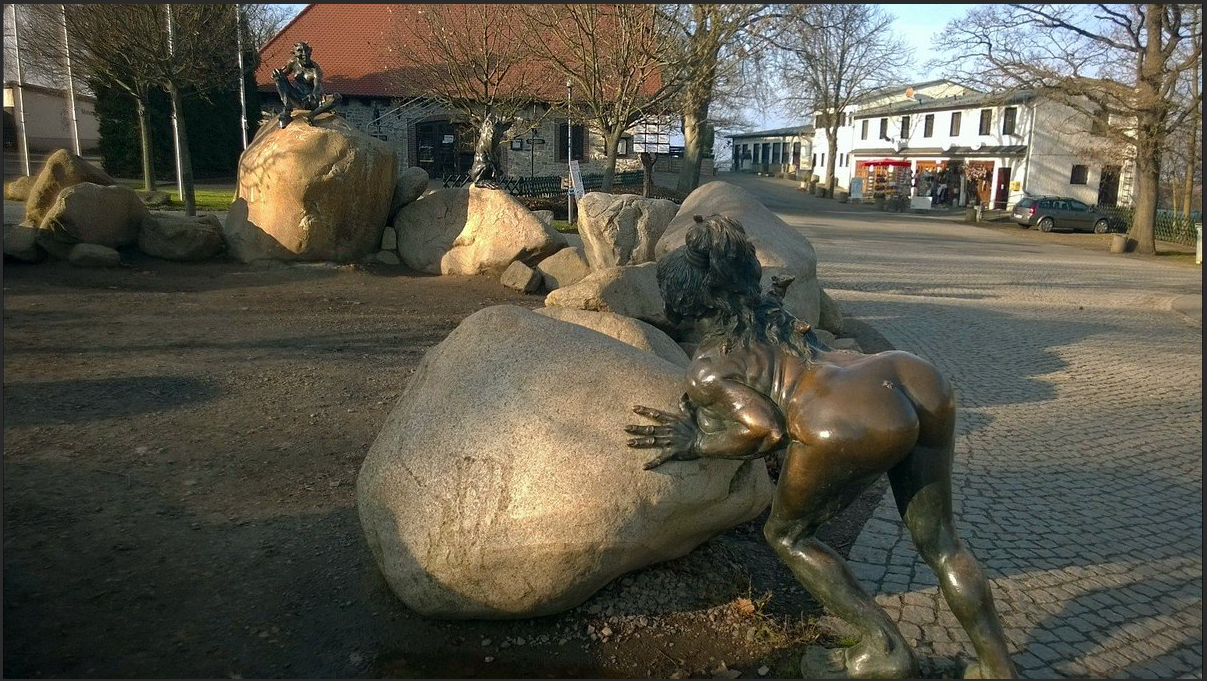
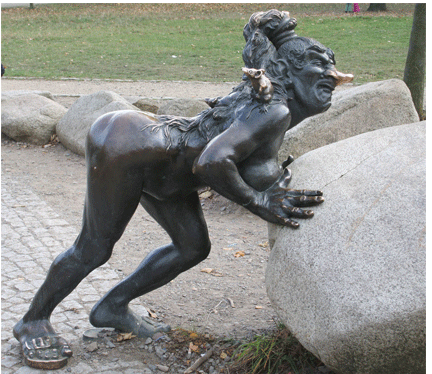
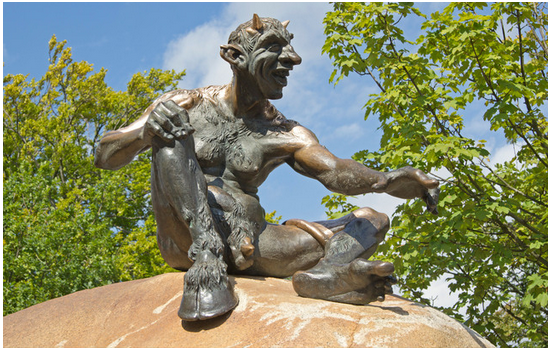
Posted By: Paul - Sun Oct 31, 2021 -
Comments (0)
Category: Supernatural, Occult, Paranormal, Statues and Monuments, Europe
Lyndon Johnson’s go-to gift
President Lyndon Johnson met with Pope Paul VI on Dec 23, 1967. The two spoke for over an hour and then exchanged gifts. The Pope gave Johnson a sixteenth-century painting of the Nativity. Johnson, in return, gave the Pope a small bust of himself, Lyndon Johnson.
Pope Paul VI admiring the LBJ bust he just received
It struck people at the time (and ever since) as odd for Johnson to give a bust of himself as a gift to the Pope. But, in fact, the Pope wasn't the only recipient of this bust. It was Johnson's go-to gift for just about everyone: world leaders, congressmen, white house aides, etc. He traveled with a box of them, so he would always have one at hand.
The busts were replicas of a lifesize bust created by sculptress Jimilu Mason. In case you'd like to give one as a gift, they're available for purchase from the Johnson Presidential Library — only $150 each.
More info: Dead Presidents blog
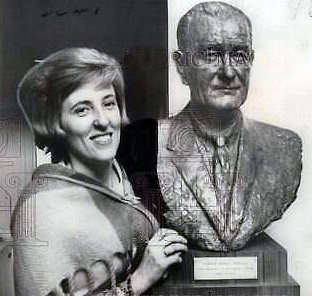
Jimilu Mason poses with her bust of LBJ
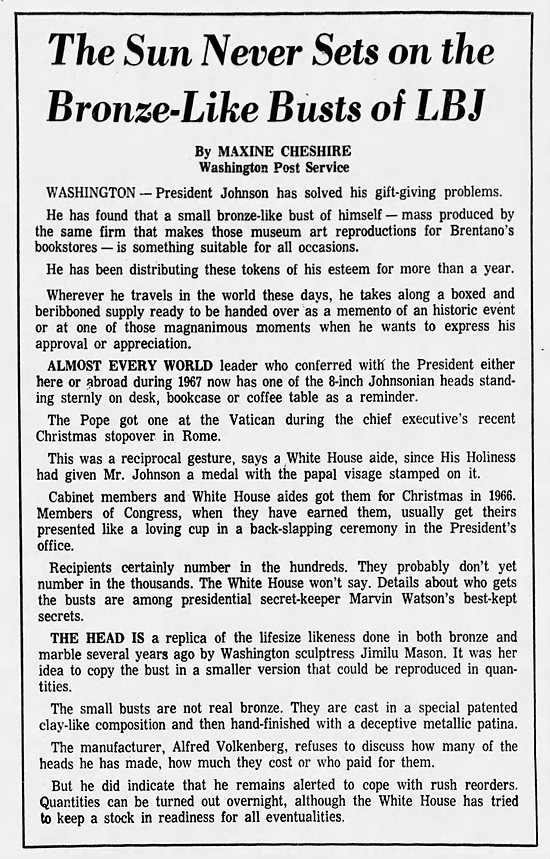
Arizona Republic - Jan 14, 1968
Posted By: Alex - Wed Oct 06, 2021 -
Comments (2)
Category: Art, Statues and Monuments, Gifts, Presents, Tributes, and Other Honoraria, 1960s
Artwork Khrushchev Probably Would Not Have Liked 37
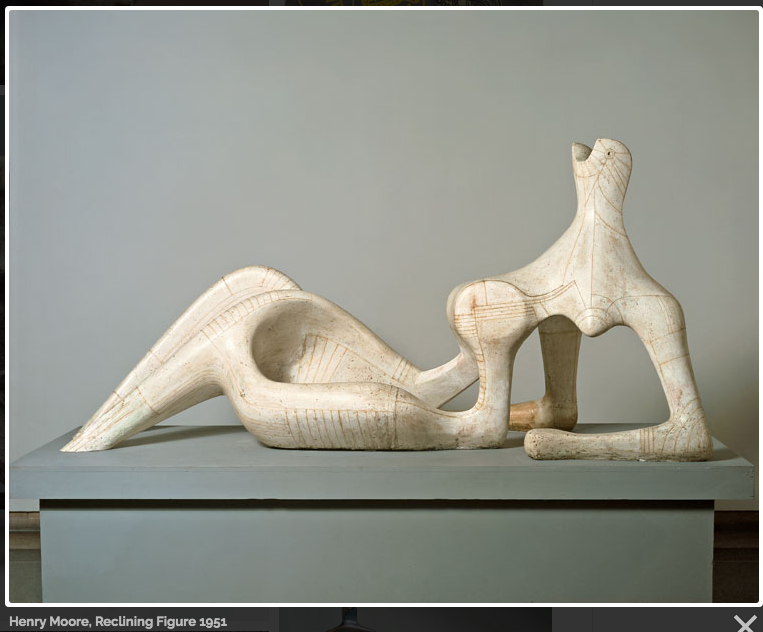
Moore's Wikipedia page.
Posted By: Paul - Wed Jul 28, 2021 -
Comments (0)
Category: Art, Avant Garde, Statues and Monuments, 1950s, United Kingdom

| Who We Are |
|---|
| Alex Boese Alex is the creator and curator of the Museum of Hoaxes. He's also the author of various weird, non-fiction, science-themed books such as Elephants on Acid and Psychedelic Apes. Paul Di Filippo Paul has been paid to put weird ideas into fictional form for over thirty years, in his career as a noted science fiction writer. He has recently begun blogging on many curious topics with three fellow writers at The Inferior 4+1. Contact Us |




